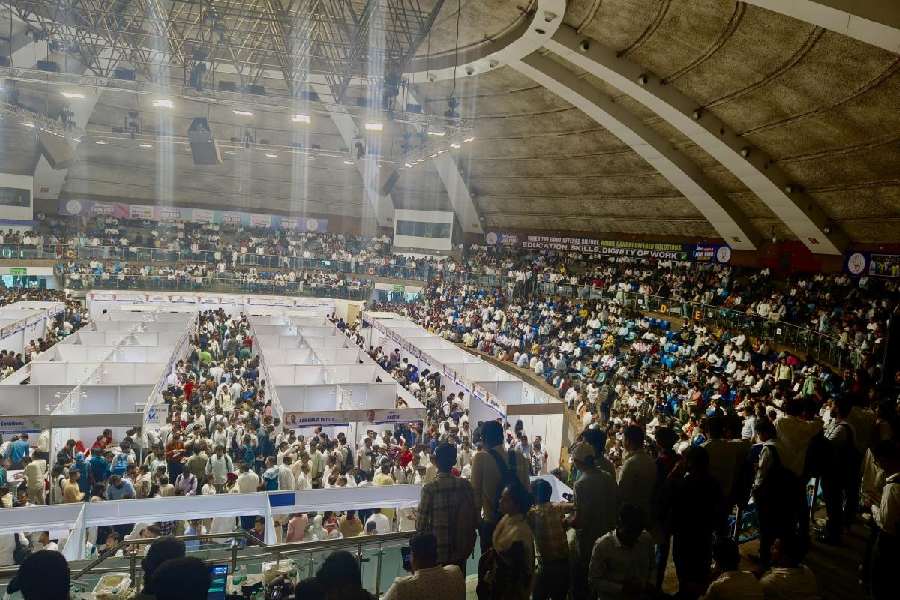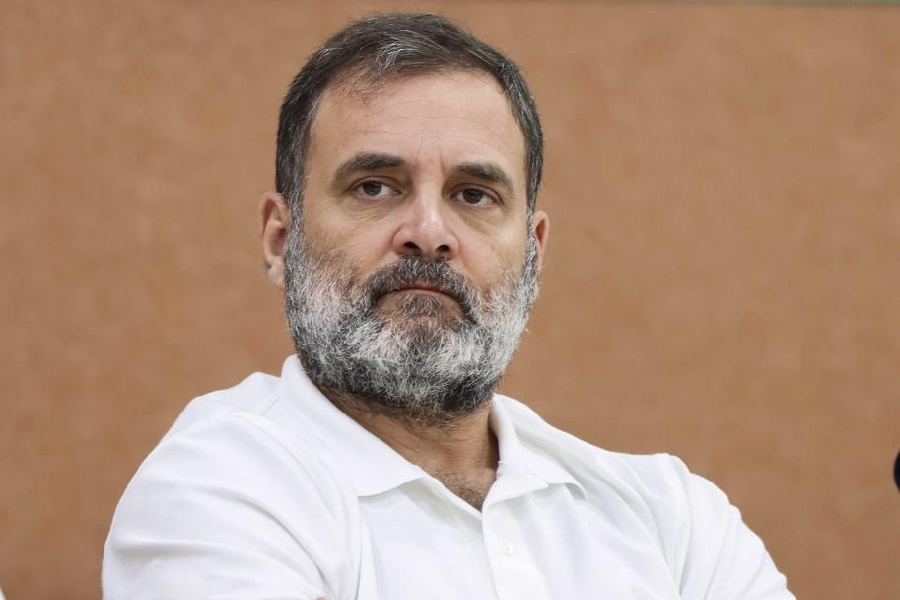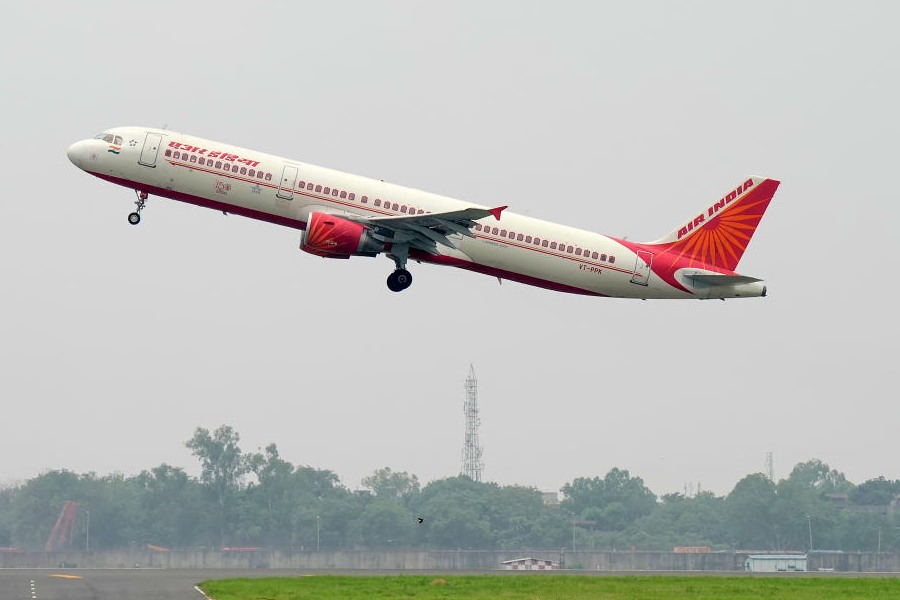New Delhi, Dec. 25: Bengal has grabbed second spot on the country’s adoption list despite its poor infrastructure, with some activists attributing it to an “open-mindedness” that makes the state’s childless couples willing to adopt, do it early and not pick genders.
According to Central Adoption Research Agency records, tabled in Parliament by the government, some 1,466 adoptions were formalised in Bengal between January 2011 and September 2014. Maharashtra topped with 4,208 while Karnataka came third with 1,330.
“Maharashtra has the highest number of adoption agencies in the country (a total of 68 scattered around the state), so there are more adoptions. Also, these agencies are more organised and the state’s women and child department is very active,” said Bharati Dasgupta, founder of Pune-based child welfare organisation Catalyst for Social Action.
Bengal has just four adoption agencies — all of them in Calcutta — and their networking with orphanages and hospitals, especially those in the districts, does not compare with Maharashtra’s.
The high-profile western state also attracts many outstation and overseas clients, while largely local and Bengal-origin couples adopt babies from Bengal.
Sister Marianne M.C. of the Missionaries of Charity, which promotes Mother Teresa’s principle of fighting abortion with adoption, credited Bengal’s high adoption figures to a progressive mindset.
“Over the past few years, the stigma attached to adoption has decreased in the country. In Bengal, this stigma seems to have gone altogether,” she said over the phone from Calcutta.
“I’m glad that Mother’s theory is working, because we get more newborns than abandoned children.”
She added: “People here are more open-minded. This mentality also helps us push through documentation and the legal formalities (thanks to cooperation from government and court officials).”
Adoption in Bengal also seems to have been largely gender-neutral, with 244 girls and 169 boys embraced between April 2013 and June 2014.
“Couples in the state are also adopting a considerable number of children with disabilities,” said Subrata Sengupta of the Ramakrishna Vivekananda Mission, which closed its adoption wing in March last year because of a manpower shortage.
“In Bengal, if your documents are in place, the process is completed within two months of a child becoming available,” Sengupta added. A woman who had recently adopted a child from Maharashtra said the process took over four months.
A Delhi-based young mother, who adopted a 10-month-old from the Missionaries of Charity in Calcutta a year ago, said the experience was a pleasant one.
“I got my baby within three months. The agency was extremely cooperative and answered all my questions, even the silly ones, without making me feel like a fool,” she said.
“I know of many Delhi couples who want to adopt from Calcutta but I’ve heard that there is a shortage of available babies in the state.”
The shortage owes to the high adoption rate in Bengal coupled with the poor supply, a result of the poor networking between the agencies and orphanages.
Another reason is the high number of “informal adoptions” in the state, said Soumeta Medhora of the Indian Society for Sponsorship and Adoption, a registered agency in Calcutta.
The “informal adoptions” are of two kinds: couples bringing up young relatives as their own children without formal adoption, or childless couples adopting babies of poor parents without the necessary legal formalities.
Medhora confessed herself “extremely surprised” at Bengal figuring near the top of the adoption list despite its “huge waiting list for adoptive parents as there are hardly any children available”.
For example, her agency has 175 registered couples in the waiting list and another 70 whose documents are being scrutinised.
“Bengal is showing a positive trend towards adoption. Couples in the state adopt at a younger age and put in their application as soon as their fertility treatments fail,” Medhora said.










